We have restored small boats for decades and for fiberglass repairs often used WEST System 105 Epoxy Resin with 206 Slow Hardener. During our 2013 restoration of our 1953 wooden Sunfish ZIP we decided to finish the fir plywood hull bright, and our marine carpenter friend Keith suggested WEST System 207 Special Clear Hardener. We tried it and have been very pleased with the results, even seven years later.
 Photographs by the authors
Photographs by the authorsWe used the 207 Special Clear Hardener and 105 Resin on our old plywood Sunfish. The 207 doesn’t yellow like the other hardeners do. The two coats we applied in 2013 gave the boat lots of shine, and since it does not spend a lot of time in the sun, we skipped the UV varnish. It epoxy coating looked good for 7 years and I only sanded the boat down when I needed to apply a patch under the starboard splashboard. The old application of epoxy sanded easy and two new coats had the Sunfish looking grand again.
Keith had used the 105 resin with the 207 hardener for years on the interior finish of several high-end yachts for an epoxy mix that is easy to apply and provides a tough, glossy finish. The key feature of 207 is that it does not turn amber like the 205 Fast, 206 Slow, and 209 Ultra Slow hardeners. It includes a UV inhibitor, so if the cured epoxy finish does not get extended exposure to ultraviolet rays, there is no need to add additional protective coats of UV varnish. That sounded like a time-saver to us, as ZIP is stored indoors or covered when not in use. WEST System 207 is odorless and does not turn cloudy or blush in hot, humid conditions, which is pretty much every day here in Florida.
One of the big benefits of the epoxy coatings we’ve used is they have stopped the checking of plywood without requiring fiberglass sheathing. We applied 207 to the fir plywood deck of ZIP in 2013, and there has been no checking since then. At the same time, we had repainted the bottom, without first coating the plywood with epoxy, and that plywood has checked. The WEST System 105 resin with 205 Fast Hardener that we applied to our Penobscot 14 in 2016 has also prevented checking on the BS1088 okoume plywood.
WEST System’s technical support team confirmed our observation that a couple of coats of resin with any of the hardeners is a good strategy when working with plywood, with 207 being the best choice for a bright finish. Like the other WEST System hardeners, 207 with 105 resin can also serve as a structural adhesive for construction, fairing, and repair, though WEST notes it is not as economical nor as well suited to thickeners as the other hardeners.
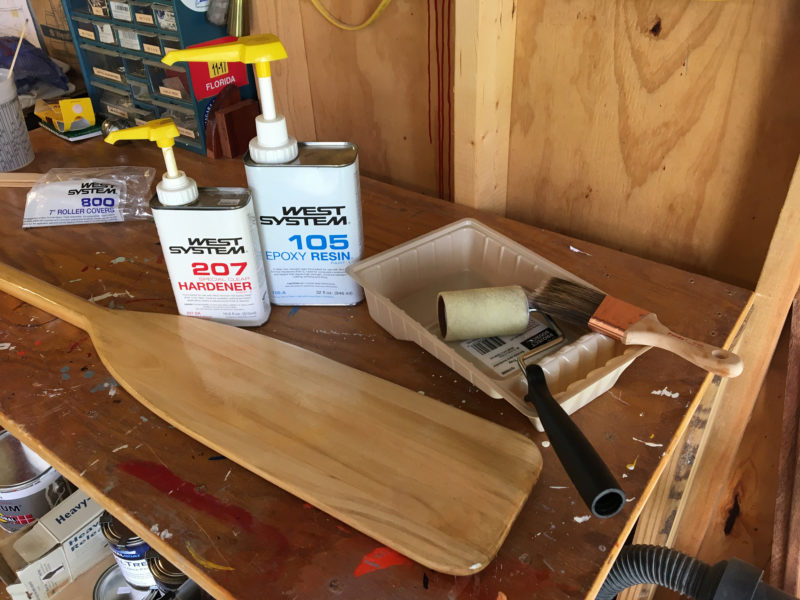
For a smooth coat, the 105/207 epoxy can be applied with a roller and tipped smooth with a brush. The available pumps dispense the resin and hardener quickly and without making a mess.
The mix ratio for 207 is three parts resin to one part hardener (209 is also 3:1; 205 and 206 are 5:1), so we bought the WEST pump kit that dispenses the correct amount without the fuss of measuring. Application as a coating is straightforward. We used the WEST System 800 roller cover to avoid the shedding and disintegration that we have experienced with other roller covers. Thin applications of two coats are best to prevent runs and sags, and the second coat can be applied without rinsing as there is no amine blush. The 105/207 mix is not as thin as that with the slow-curing hardeners, and that helps to eliminate runs. The subsequent coat can also be applied without sanding as long as the first coat has not fully cured (generally, within 10 to 15 hours).
While 207 costs more than the other hardeners, the time savings far outweigh that cost. No rinsing or sanding, it is easy to use, and we can get the beautiful finish that our boats deserve, faster.![]()
Audrey and Kent Lewis enjoy messing about in their small armada of boats in the coastal waters of Northwest Florida. Their boats’ adventures are chronicled in their blog, Small Boat Restoration.
The WEST System 207 Special Clear Hardener is available from a wide range of marine and hardware stores. A 10.6 oz can retails for about $50.
Is there a product that might be useful for boatbuilding, cruising, or shore-side camping that you’d like us to review? Please email your suggestions.

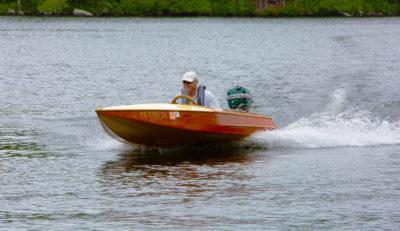
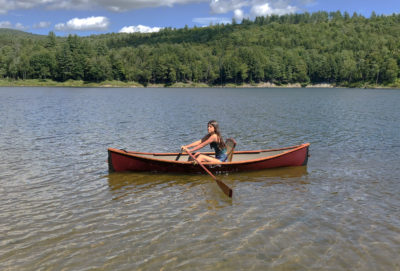
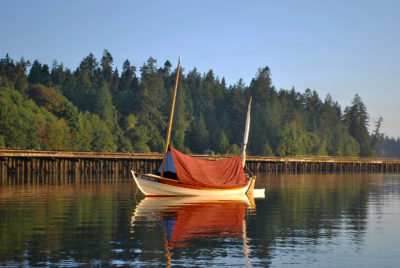
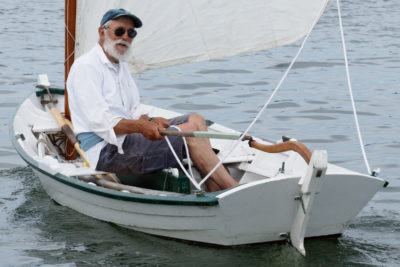
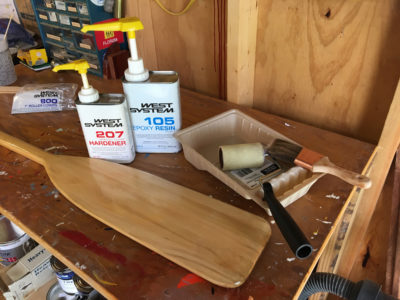
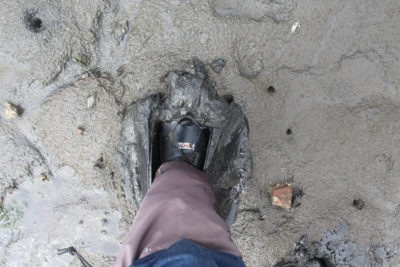
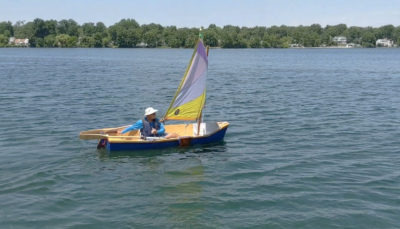

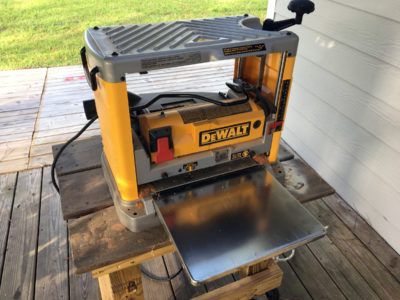
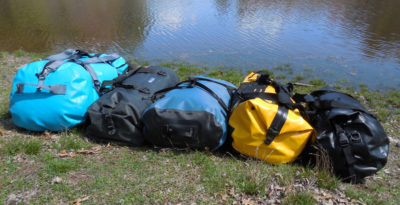
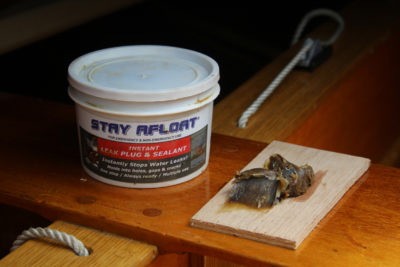
I have been using 207 hardener for years. I still sand it and apply varnish for a final coat as you can never get a perfectly smooth coat with epoxy. I no longer take chances with blush issues since I ruined a kayak due to blush.
I used West 207 to finish the mahogany marine plywood hull on my Sharpie Skiff. It’s been stored outdoors, and mostly uncovered, since July 2018, and still looks like new. A year after launching, I used 207 to touch up some dock rash, and laminate 8oz. glass on the bottom. Worked like a charm.
I used it on my sharpie skiff, and it still looks like new two and a half years on.
Under tropic conditions, it still hardens in less than 20 minutes. Great product, but be aware of that.
West Systems hardener selection guide makes no mention of yellowing properties. It advises to select hardener based on the amount of time you need to complete the work. This article confuses the issue, I no longer understand how to choose a hardener.
All of the hardeners are used for “general bonding, applying fabric, and barrier coating.” If you also want a clear finish, use 207. It will do all the other things if desired, but is more expensive.